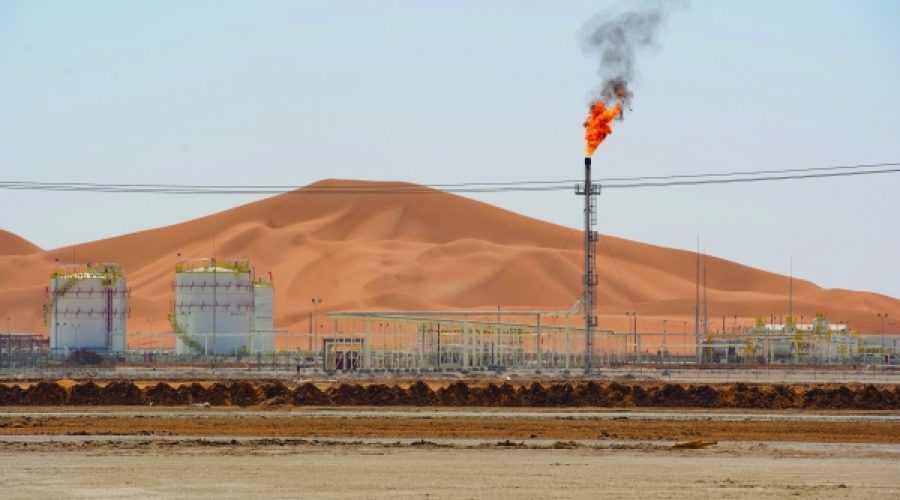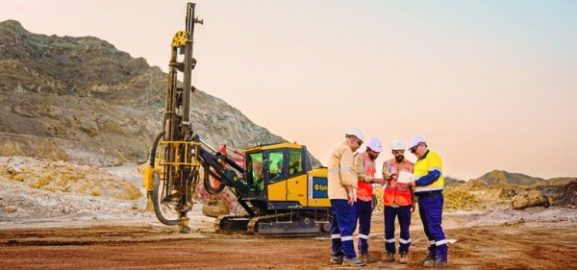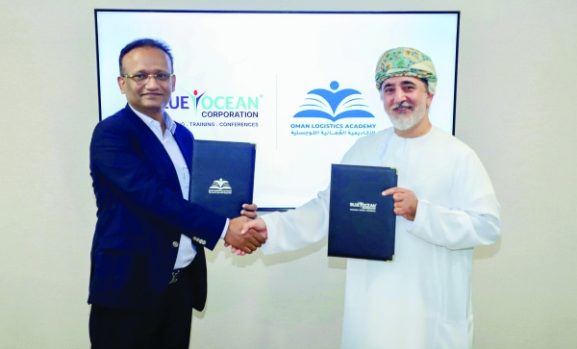Oman’s Strategic Move in the Gas Sector: What It Means for Investors and Entrepreneurs in the Region
Oman Positions Itself as a Regional Leader in Natural Gas Development
MUSCAT: Oman is establishing itself as a key player in natural gas development, with growth initiatives spanning the entire value chain—upstream, midstream, and export. This insight comes from the latest Global Gas Outlook report published by the Gas Exporting Countries Forum (GECF).
Based in Doha, the GECF aims to position natural gas as a central resource for inclusive and sustainable development, advocating for its role in shaping the future of energy and fostering international cooperation.
The 2025 report underscores Oman’s increasing significance as a gas producer and exporter within the Middle East, particularly as it enhances its liquefaction capacity. While liquefied natural gas (LNG) exports remain central to the gas trade, Oman’s strategic importance in the sector continues to grow.
In 2023, Oman exported 12 million tonnes (Mt) of LNG, with over 90 percent directed toward the Asia-Pacific region. Projections indicate that exports will stabilize at 10 Mt by 2030, followed by a gradual decline to 8 Mt by 2040 and 6 Mt by 2050.
The liquefaction complex at Qalhat has recently undergone a substantial upgrade, increasing its nameplate capacity from 10.4 Mtpa to 11.5 Mtpa. Actual production soared to a record 11.98 Mtpa in 2024, resulting in historic high LNG revenues.
Plans for further expansion include a 1 Mtpa LNG bunkering facility in Sohar. Early in 2024, Oman, in collaboration with TotalEnergies, reached a Final Investment Decision (FID) for the Marsa LNG project, set to begin operations in 2028. This facility will be the region’s first LNG bunkering hub, promoting LNG as a cleaner marine fuel and aiding in decarbonization efforts in shipping.
It is important to note that the report does not mention a planned fourth LNG train at Qalhat, which the Omani government announced in July 2023. This proposed 3.8 Mtpa train would raise the complex’s capacity to approximately 15.2 Mtpa; however, a final investment decision awaits confirmation of uncommitted gas feedstock and long-term offtake agreements.
On the upstream front, Oman’s natural gas production has experienced notable growth, increasing to 39 billion cubic meters (bcm) in 2023, up from 33 bcm in 2020. This expansion is primarily attributed to the Khazzan-Makarem field, which contributed 33 percent of total production in 2023, alongside developments associated with the Marsa LNG project. All of Oman’s gas production currently originates from onshore fields, solidifying the country’s status as a key contributor to regional onshore growth.
Exploration efforts are also intensifying. In 2023, Oman awarded three new onshore blocks in the southern Rub al Khali Basin, near Block 6, encompassing over 20,000 square kilometers. The government has introduced a direct award initiative for six additional blocks—43A, 43B, 66, 73, 75, and 76—to boost exploration activities.
The report emphasizes that future investments will focus on smaller greenfield projects and optimizing production from existing brownfield sites, aiming to improve recovery rates and operational efficiency. Oman’s strategy seeks to balance domestic demand with export goals—especially towards Asia—while adopting decarbonization technologies such as carbon capture, utilization, and storage (CCUS) to achieve global sustainability objectives. An investor-friendly regulatory framework further supports this vision.
Looking ahead, the report concludes that Oman is set to maintain its gas production throughout the forecast period, potentially reaching 43 bcm by 2050. Achieving this goal will necessitate successful exploration, with Yet-to-Find (YTF) resources expected to account for 60 percent of total production by mid-century.
Special Analysis by Omanet | Navigate Oman’s Market
Oman’s strategic advancements in natural gas production position it as a regional leader, creating opportunities for businesses in energy and infrastructure, especially with upcoming projects like the Marsa LNG facility. However, risks remain, particularly concerning the stability of long-term gas supply agreements and dependency on Asian markets. Smart investors should focus on emerging exploration opportunities and consider partnerships that leverage Oman’s regulatory support for sustainable energy initiatives.



